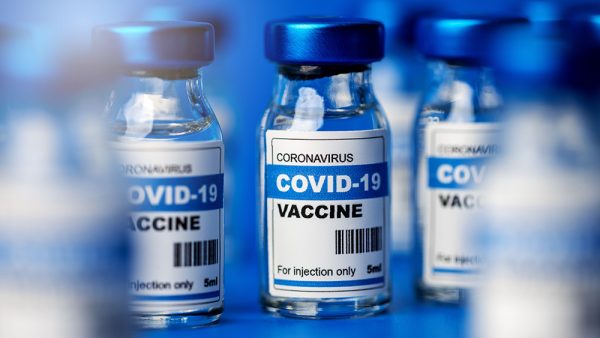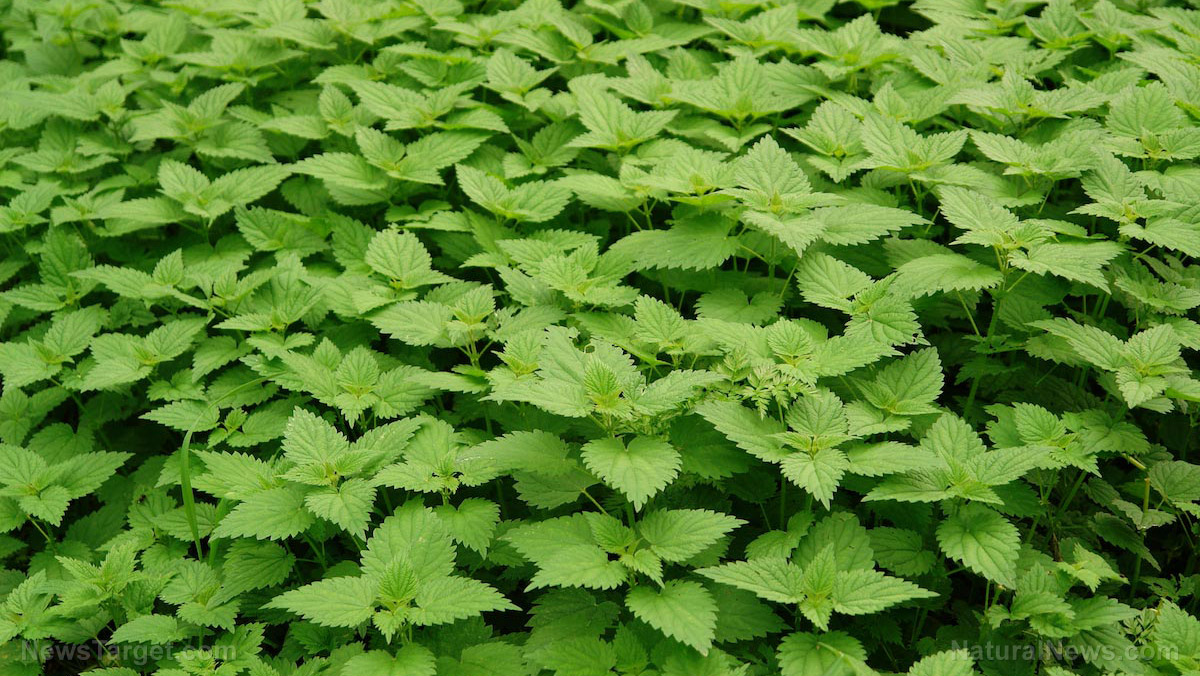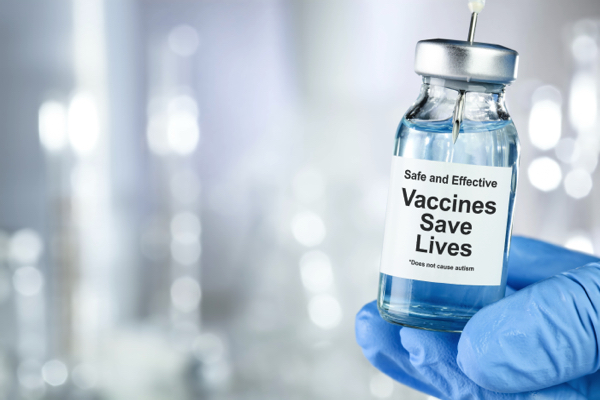RFK Jr. and FDA's Makary take aim at synthetic FOOD DYES to clean up America's food supply
By avagrace // 2025-04-25
Tweet
Share
Copy

- Health Secretary Robert F. Kennedy Jr. and FDA Commissioner Dr. Marty Makary are proposing a plan to phase out eight petroleum-based synthetic dyes (e.g., Red No. 40, Yellow No. 5) from the U.S. food supply by 2026, citing potential health risks.
- The plan includes voluntary removal of common dyes and mandates bans on rarely used ones (Citrus Red No. 2, Orange B), while accelerating the elimination of Red No. 3 due to cancer risks in animal studies.
- Synthetic dyes, though FDA-approved for decades, face scrutiny over links to hyperactivity and cognitive issues in children. Europe has stricter regulations while U.S. states like California are enacting their own bans.
- Food manufacturers argue dyes are safe, but some states (e.g., Iowa, California) have already restricted them in schools. Critics question whether voluntary compliance will be effective without federal enforcement.
- While human health risks remain debated, the FDA will approve natural alternatives and fund further research. The initiative reflects growing consumer demand for cleaner labels, though its success depends on industry cooperation.
Industry resistance and state-level action
Food manufacturers insist synthetic dyes are safe, citing decades of FDA approval. Melissa Hockstad of the Consumer Brands Association defended the industry, stating that ingredients undergo rigorous testing. Yet, even she acknowledged the growing demand for natural alternatives. The lack of a federal mandate has led to a patchwork of state laws. Iowa, Louisiana, Massachusetts and West Virginia have already banned synthetic dyes from school meals, with California set to follow in 2028. Kennedy's plan aims to standardize these efforts, but skeptics question whether voluntary compliance will be enough. While some studies suggest synthetic dyes contribute to ADHD and other conditions, the scientific consensus remains murky. Dr. Darien Sutton, an ABC News medical correspondent, noted that while animal studies show potential risks, human evidence is less clear. Still, with childhood obesity, diabetes and behavioral disorders on the rise, Kennedy and Makary argue that removing questionable additives is a necessary precaution. "Why are we taking a gamble? The answer is not more Ozempic or ADHD medication. We have to look at root causes," Makary remarked during a press conference Tuesday, April 22. Visit FoodScience.news for more similar stories. Watch Health Secretary RFK Jr. discussing the chemicals in American food and the dangers they cause. This video is from The 100% Clean Food Lifestyle channel on Brighteon.com.More related stories:
Cancer from coloring? Scientific research group claims food dye may be carcinogenic and promote allergies. Beware of artificial food coloring chemicals in pickles - it's what makes them appear more yellow. Hidden sources of food coloring chemicals in your diet. How food companies fool consumers with food coloring ingredients made from petrochemicals. ADHD and ADD are FAKE disorders stemming from bad schooling practices, HFCS and artificial food coloring. Sources include: TheNationalPulse.com ABCNews.go.com NPR.org Brighteon.comTweet
Share
Copy
Tagged Under:
toxic ingredients food supply poison big government ingredients food safety dangerous Robert F. Kennedy Jr. food dyes badscience badfood badhealth Food and Drug Administration synthetic dyes clean food watch stop eating poison Department of Health and Human Services Marty Makary
You Might Also Like
Eerie white clots revealed: mRNA vaccines spawning global prion crisis, scientists warn
By Lance D Johnson // Share
Justice Department to enforce Trump’s ban on gender transition procedures for minors
By Laura Harris // Share
Stinging Nettle: A versatile herb with timeless benefits
By Ava Grace // Share
Federal judge halts PROOF OF CITIZENSHIP requirement for voter ID
By Lance D Johnson // Share
Wisconsin judge arrested by FBI for allegedly helping illegal immigrant evade ICE
By Cassie B. // Share
Recent News
Justice Department to enforce Trump’s ban on gender transition procedures for minors
By lauraharris // Share








